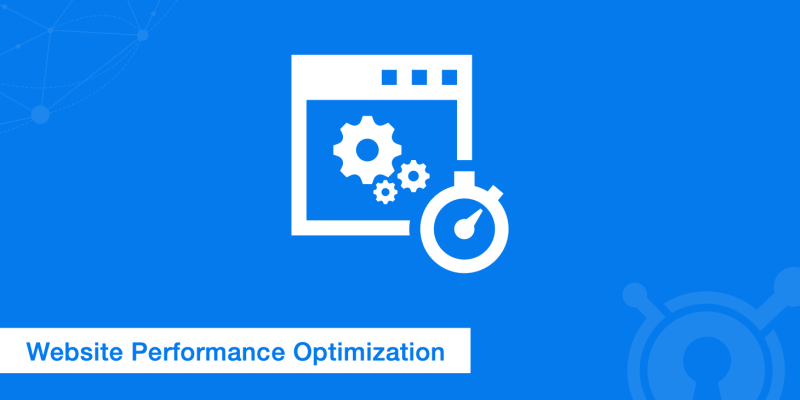Introduction:
In the dynamic world of the internet, where attention spans are short and expectations are high, website performance plays a pivotal role in determining user satisfaction and search engine rankings. This article delves into various techniques for optimizing web performance, shedding light on strategies like image optimization, lazy loading, and code splitting. By implementing these techniques, web developers can enhance both the user experience and the visibility of their websites on search engines.
Image Optimization: The Power of Visual Efficiency
One of the significant contributors to web page load times is the size and number of images. Optimizing images is a crucial step in improving website performance. Here are some techniques to consider:
- Compression: Reduce image file sizes without compromising quality by using compression techniques. Tools like ImageOptim, TinyPNG, or even built-in features in popular design software can help achieve this.
- Responsive Images: Implement responsive design principles to serve appropriately sized images based on the user’s device. This prevents unnecessary data transfer for images that are displayed on smaller screens.
- Lazy Loading: Load images only when they are about to come into the user’s viewport. This technique, discussed in detail later, not only improves initial page load times but also saves bandwidth for users who don’t scroll down the entire page.
Lazy Loading: A Smart Approach to Resource Loading
Lazy loading is a technique that defers the loading of non-essential resources until they are needed. This can significantly improve initial page load times and reduce the overall amount of data transferred. Here’s how it works:
- Images and Videos: Load images and videos only when they are about to become visible to the user, rather than loading all media content at once. This is particularly beneficial for lengthy pages with lots of media assets.
- JavaScript Libraries: If your website uses external JavaScript libraries, consider lazy loading them. This prevents unnecessary requests and execution until the specific functionality is required.
- Infinite Scrolling: For websites with infinite scrolling, implement lazy loading for new content as the user scrolls down. This ensures that only the necessary data is fetched from the server, improving both speed and efficiency.
Code Splitting: Streamlining JavaScript for Faster Loading
Code splitting is a technique that involves breaking down your JavaScript code into smaller, more manageable chunks. Loading only the necessary code for a particular page or functionality can lead to significant performance improvements. Here’s how to implement code splitting:
- Dynamic Imports: Use dynamic imports in JavaScript to load modules on-demand. This is particularly useful for large applications where not all functionality is needed on every page.
- Webpack and Other Bundlers: Leverage tools like Webpack to automatically split your code into smaller bundles. This allows for parallel loading of scripts, reducing the overall time it takes to load the page.
- Route-Based Code Splitting: If your website has distinct sections or routes, consider splitting the code based on these routes. This ensures that users only download the JavaScript necessary for the specific page they are visiting.
Conclusion: Striking the Balance for Optimal Performance
In the competitive landscape of the internet, web performance optimization is not just about faster load times; it’s about creating a seamless and enjoyable user experience. By implementing image optimization, lazy loading, and code splitting, developers can strike the right balance between rich content and swift page loading.
Moreover, these techniques are not only user-centric but also align with search engine algorithms. Search engines like Google consider page speed as a ranking factor, making performance optimization not just a user experience enhancement but also an SEO strategy.
In conclusion, investing time and effort in optimizing web performance is a strategic move for any website looking to stand out in the digital realm. By embracing these techniques, developers can ensure that their websites are not only visually appealing but also responsive and efficient, leading to higher user satisfaction and improved search engine rankings.






